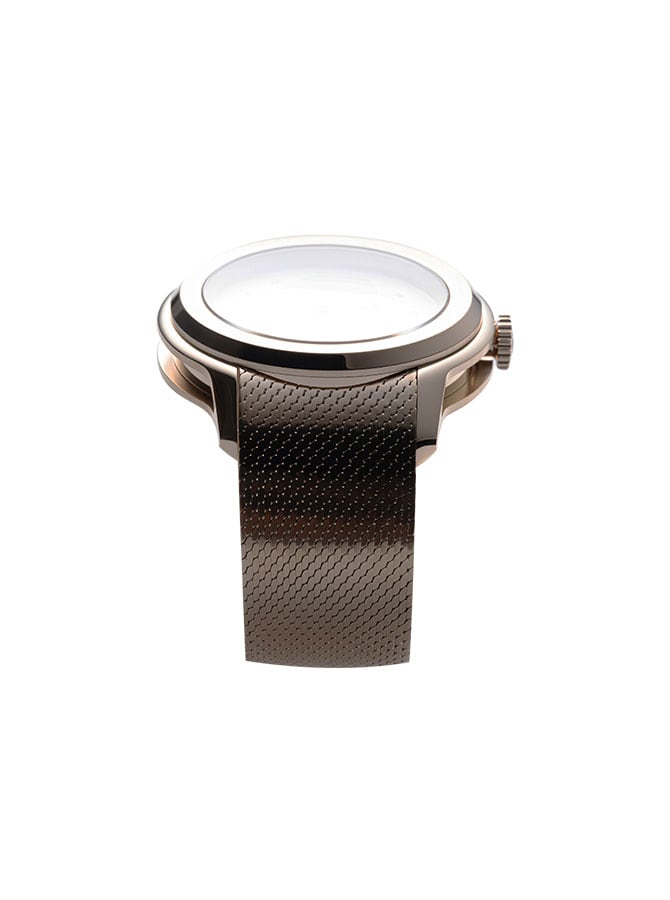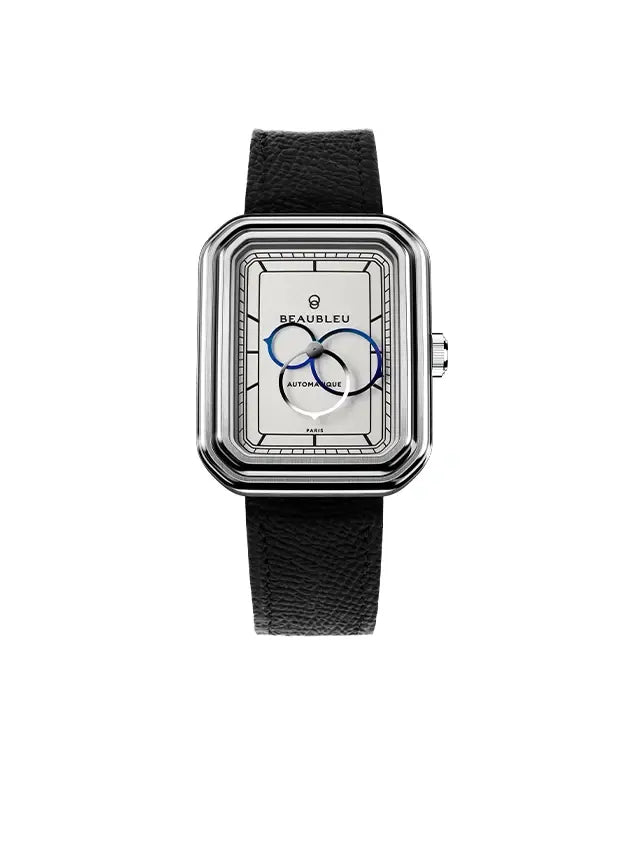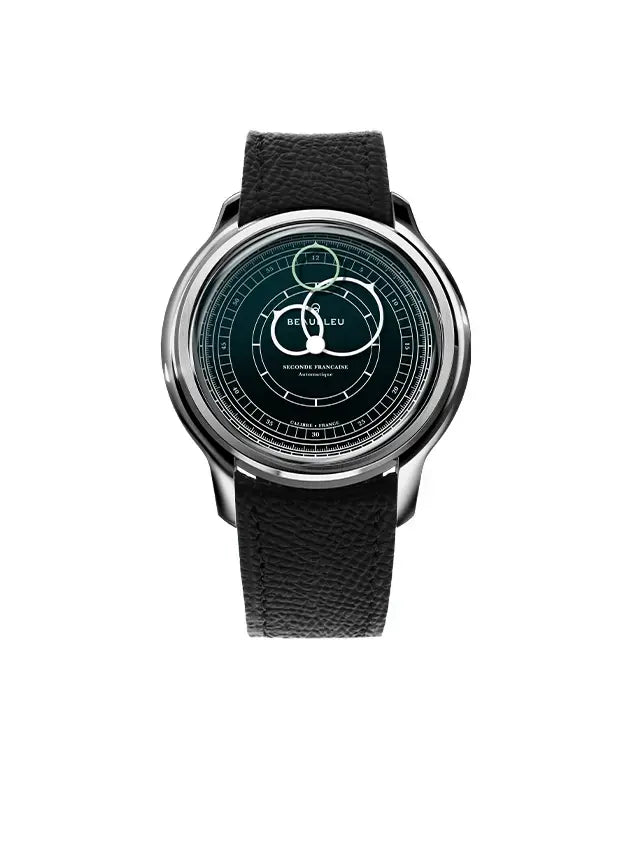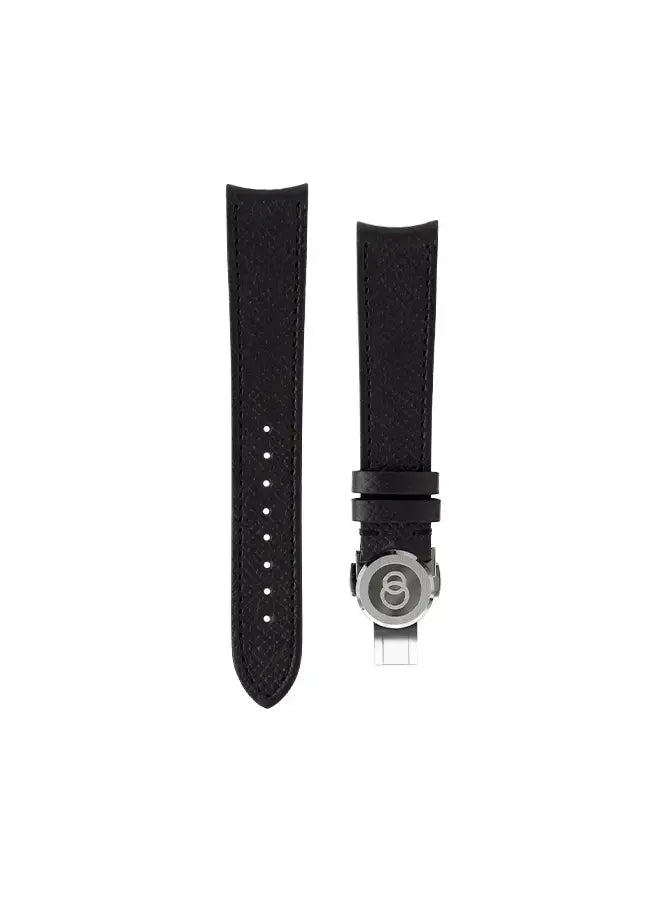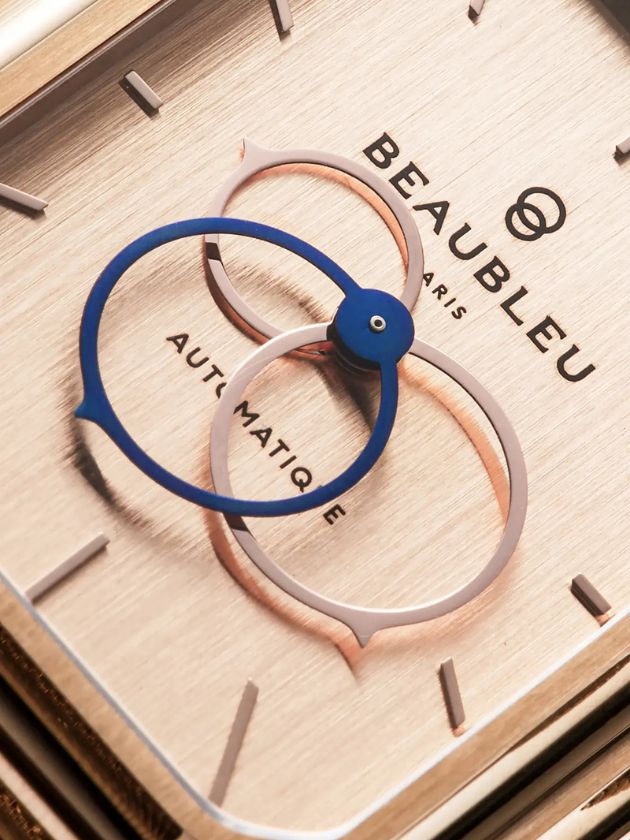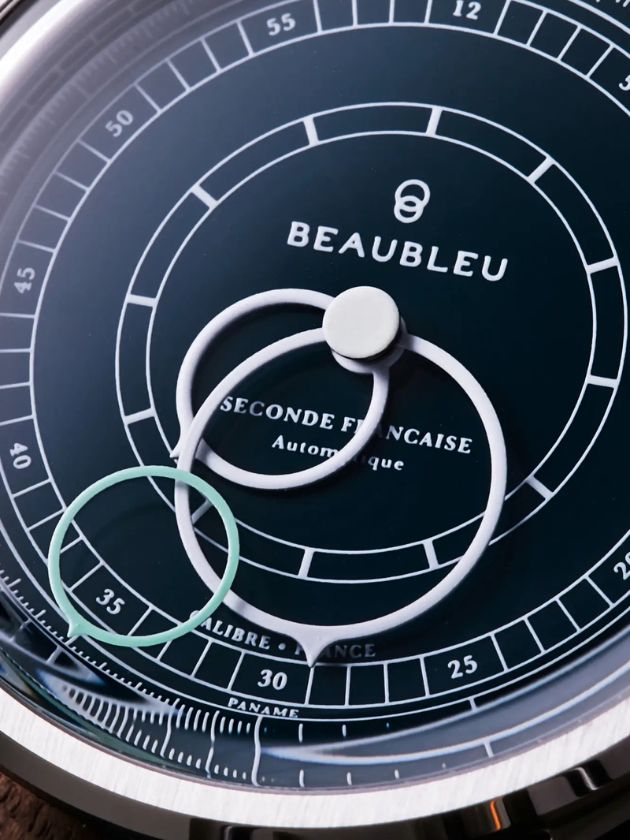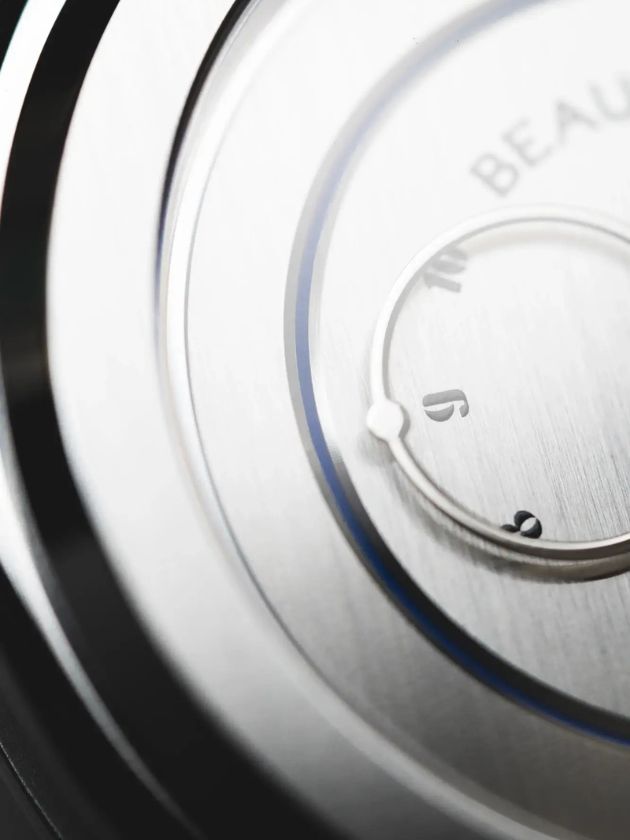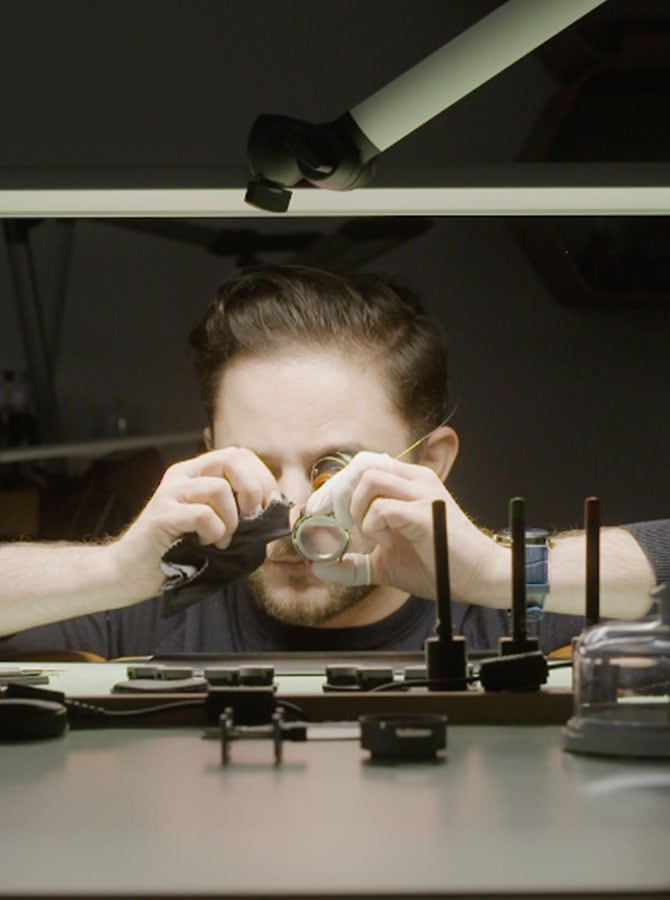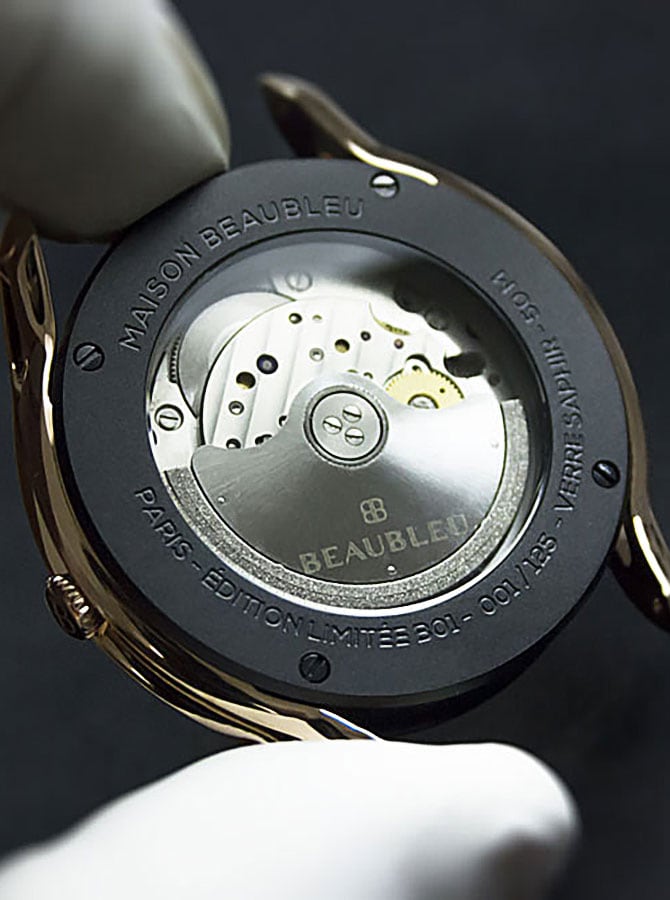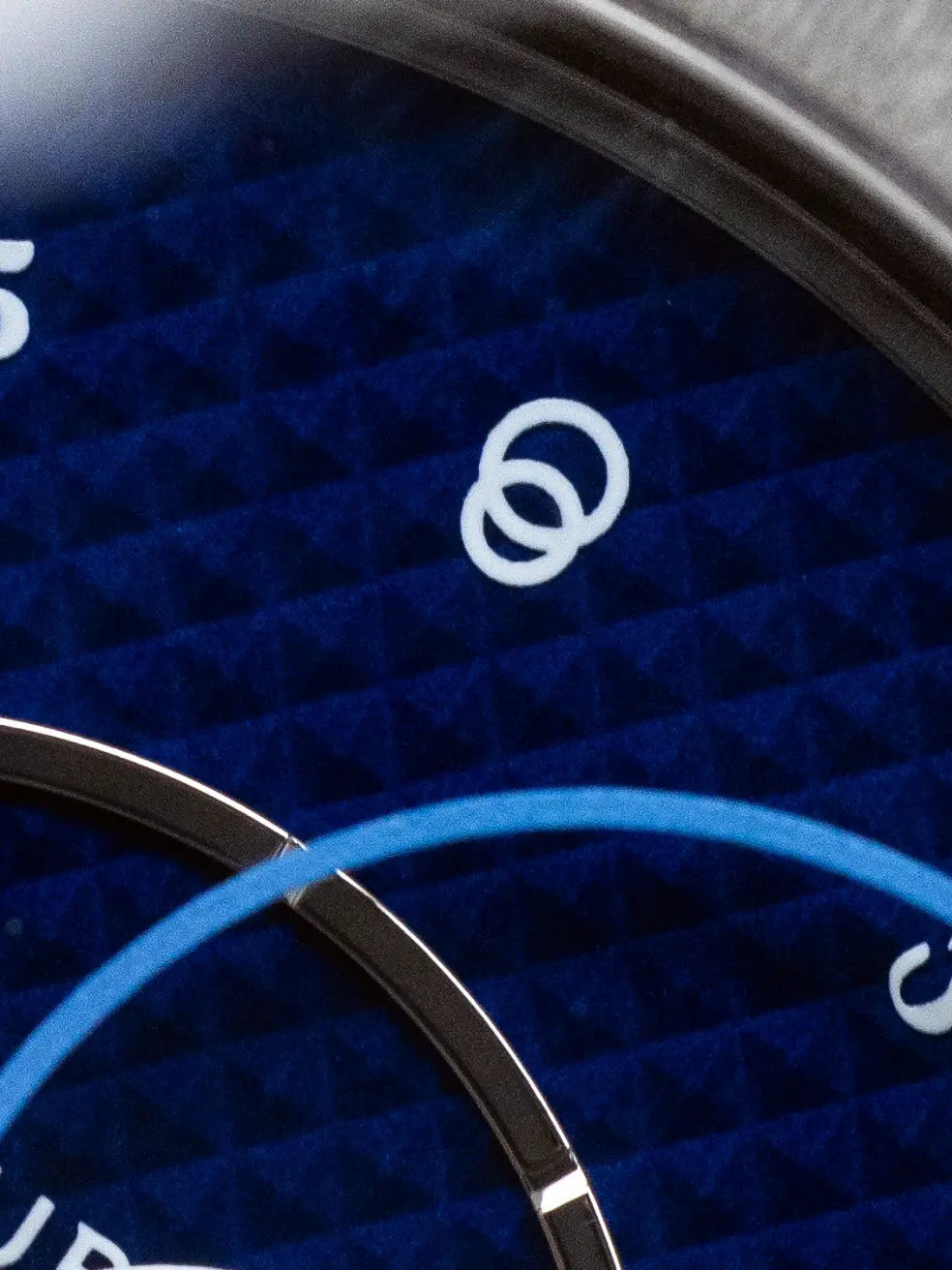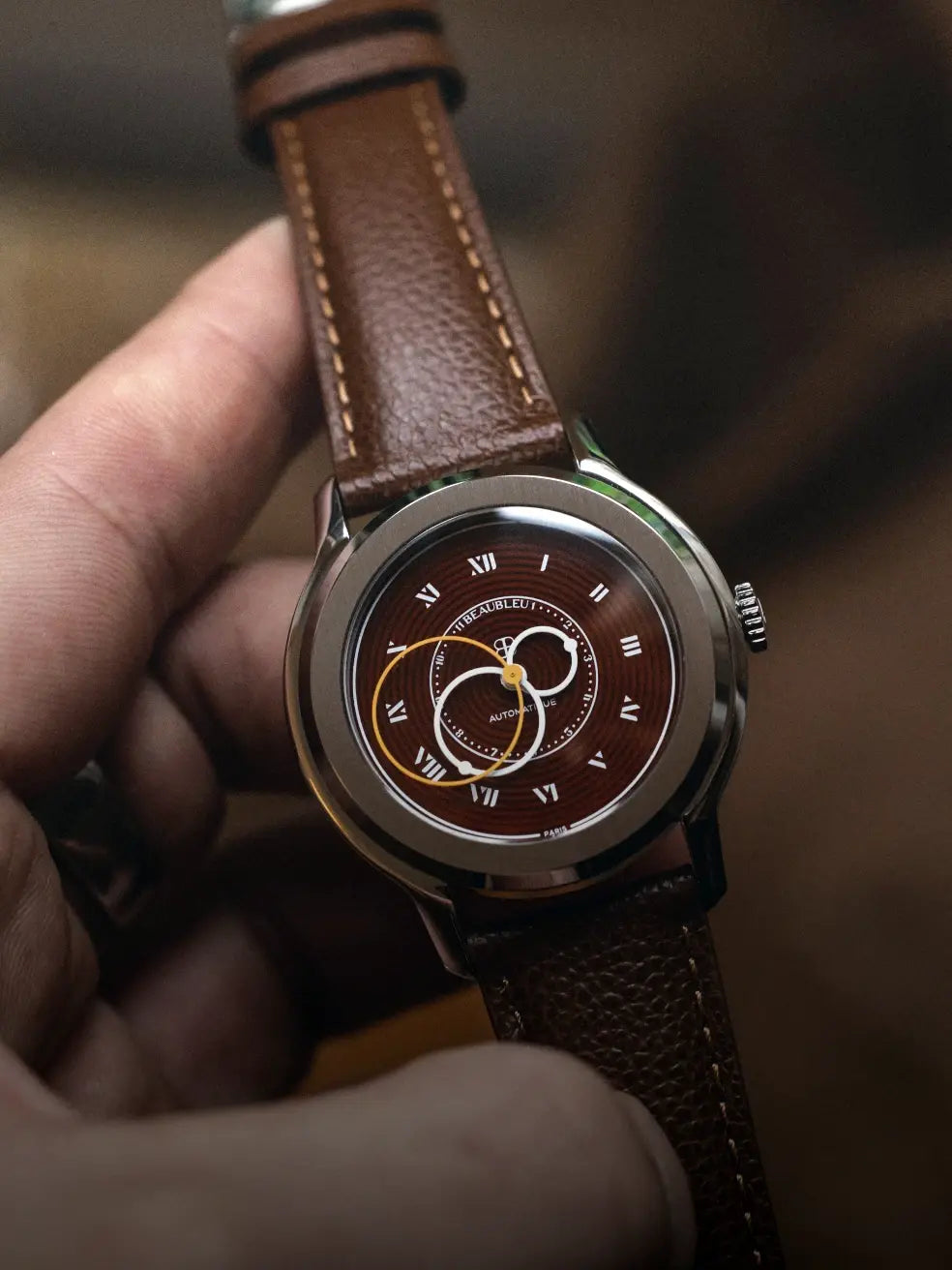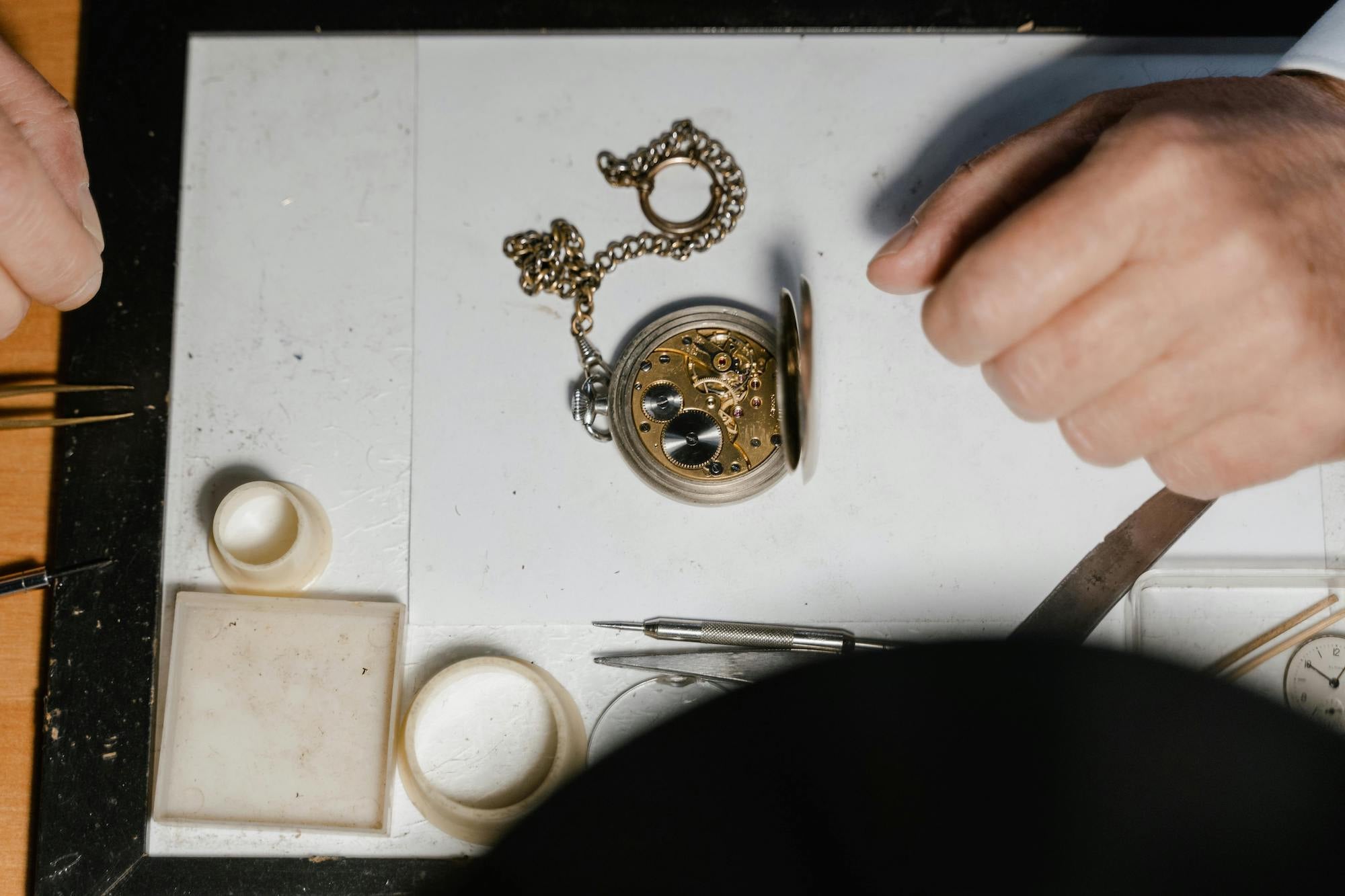
How does a pocket watch work?
The pocket watch has long been the reference, but even after the invention of the wristwatch in 1810 by Berguet, it remained fashionable and very popular with lovers of fine watchmaking. It is in fact an object that allows you to know the time, but also a fashion and refinement accessory.
A manual, automatic or quartz movement
The oldest pocket watches are equipped with hand-wound movements. The energy necessary for the operation of the watch is provided by a mainspring which must be contracted by turning a crown. This is called manual winding, which must be carried out at a varying frequency depending on the watch model.
There are also automatic movement pocket watches that work the same as the previous ones, but wind themselves when worn. This is possible thanks to an additional part, the rotor. This is a weight which, by swinging from left to right with the natural movements of the wearer, compresses the mainspring and winds the watch.
Less interesting, quartz pocket watches are more recent and work using a battery which sends electrical pulses to make the quartz vibrate. The vibrations are transmitted to a printed circuit which translates them into needle movements.
How to wind a mechanical pocket watch?
Older pocket watches are wound using a key that fits into a keyhole on the back of the case. To wind the watch, simply insert the key and turn it clockwise until you feel slight resistance.
Old pocket watches are wound using a crown. The crown can have three positions: up, to set the time, down, to wind the mechanism and halfway up, to set the date. To wind the pocket watch, simply place the crown in the down position and turn it clockwise until you feel some resistance.
